ETH researchers have developed plasmonic particles that are relatively easy to produce and have a wide range of applications, including cancer treatment.
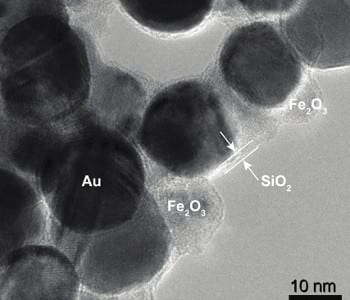

ETH researchers have developed plasmonic particles that are relatively easy to produce and have a wide range of applications, including cancer treatment.
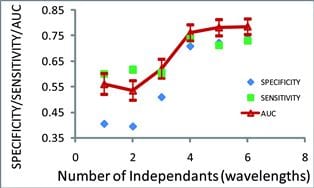
A novel screening approach for discriminating dysplasia from metaplasia in Barrett’s Esophagus using diffuse reflectance spectroscopy.
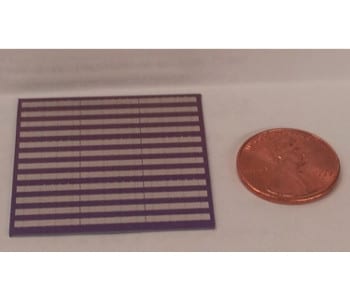
Researchers create an artificial chemical sensor based on one of the human body’s most important receptors.
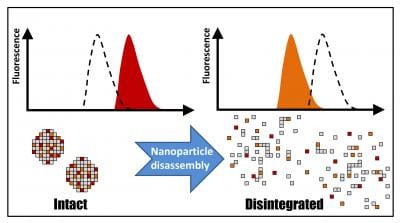
New method allows researchers to directly measure nanoparticle degradation in real time within biological environments.
Rutgers University have unveiled two microscopy suites – a scanning transmission electron microscope and a helium ion microscope.
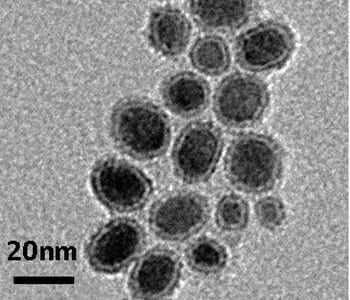
New core/shell structure nanoparticles have been reported by a team led by Peking University researchers.
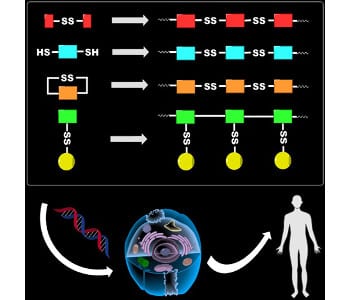
Polycations that are degradable by reduction of disulfide bonds can be used as nucleic acid delivery vehicles.

Wesley R. Browne and Anna K. H. Hirsch, Stratingh Institute for Chemistry report on the first Frontiers in Chemistry conference held in Yerevan, Armenia, earlier this year.
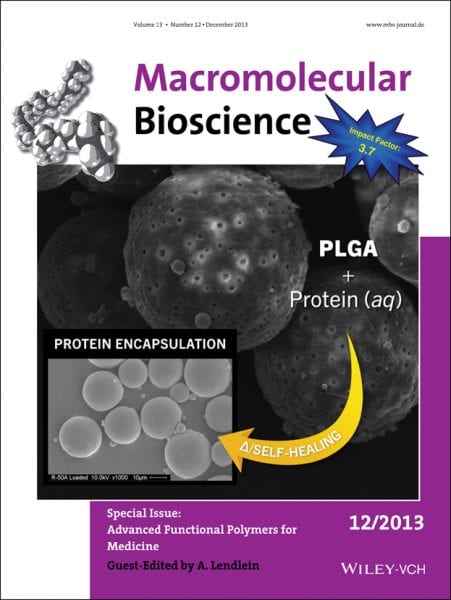
A special issue guest-edited by Andreas Lendlein has recently been published in Macromolecular Bioscience. Read selected highlights for free for a limited time!
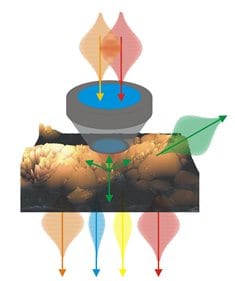
Multimodal nonlinear microscopy has matured to a key imaging modality in life science and biomedicine.